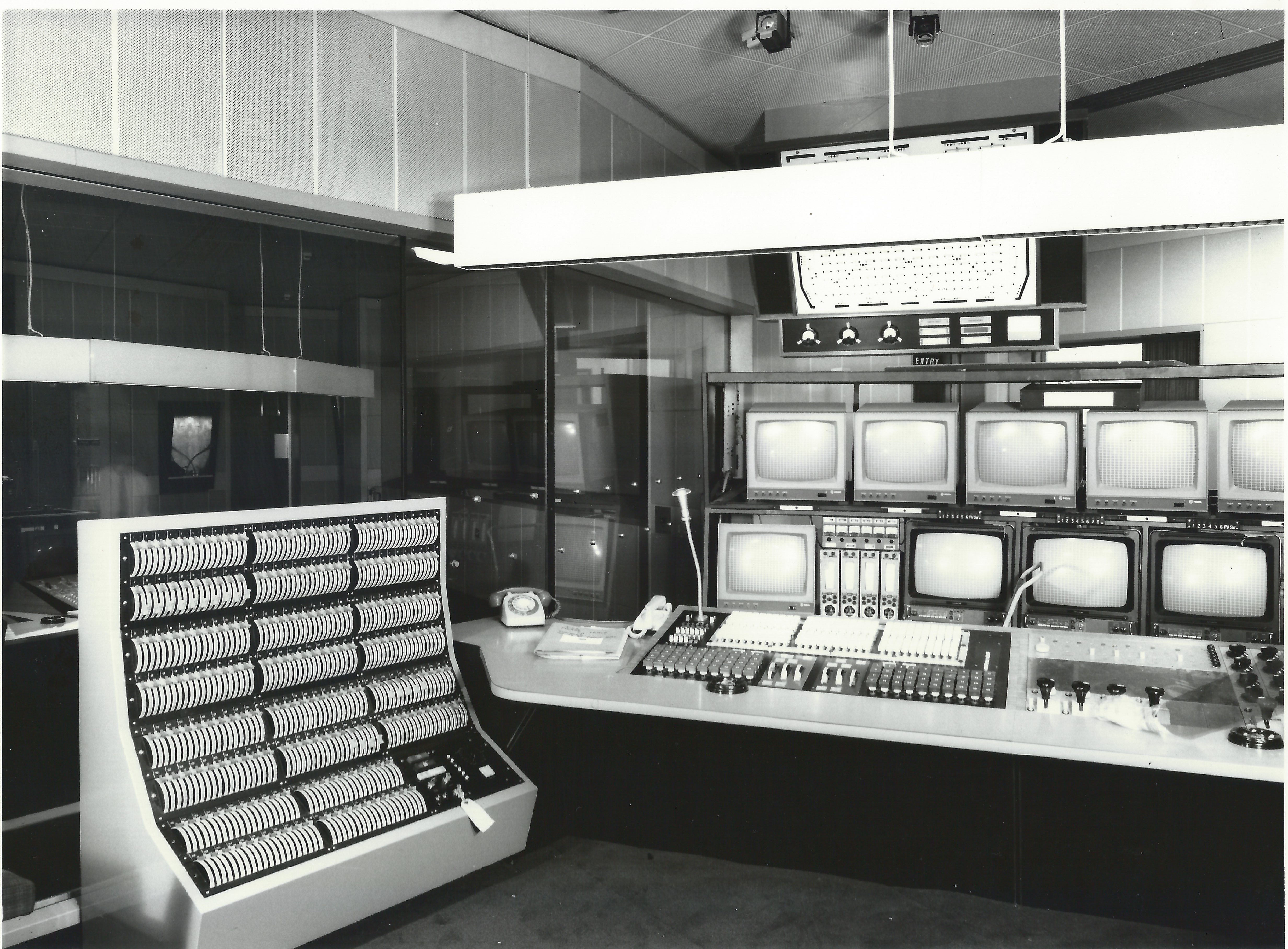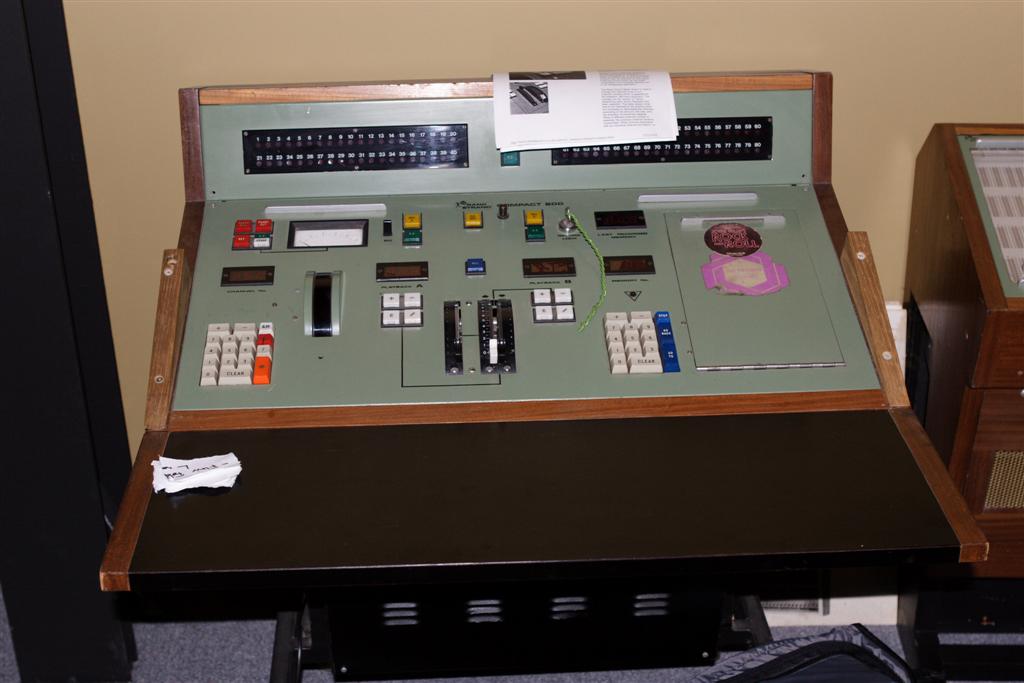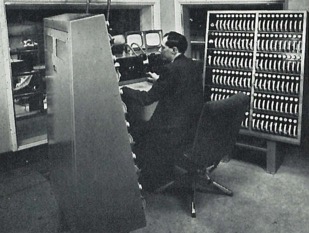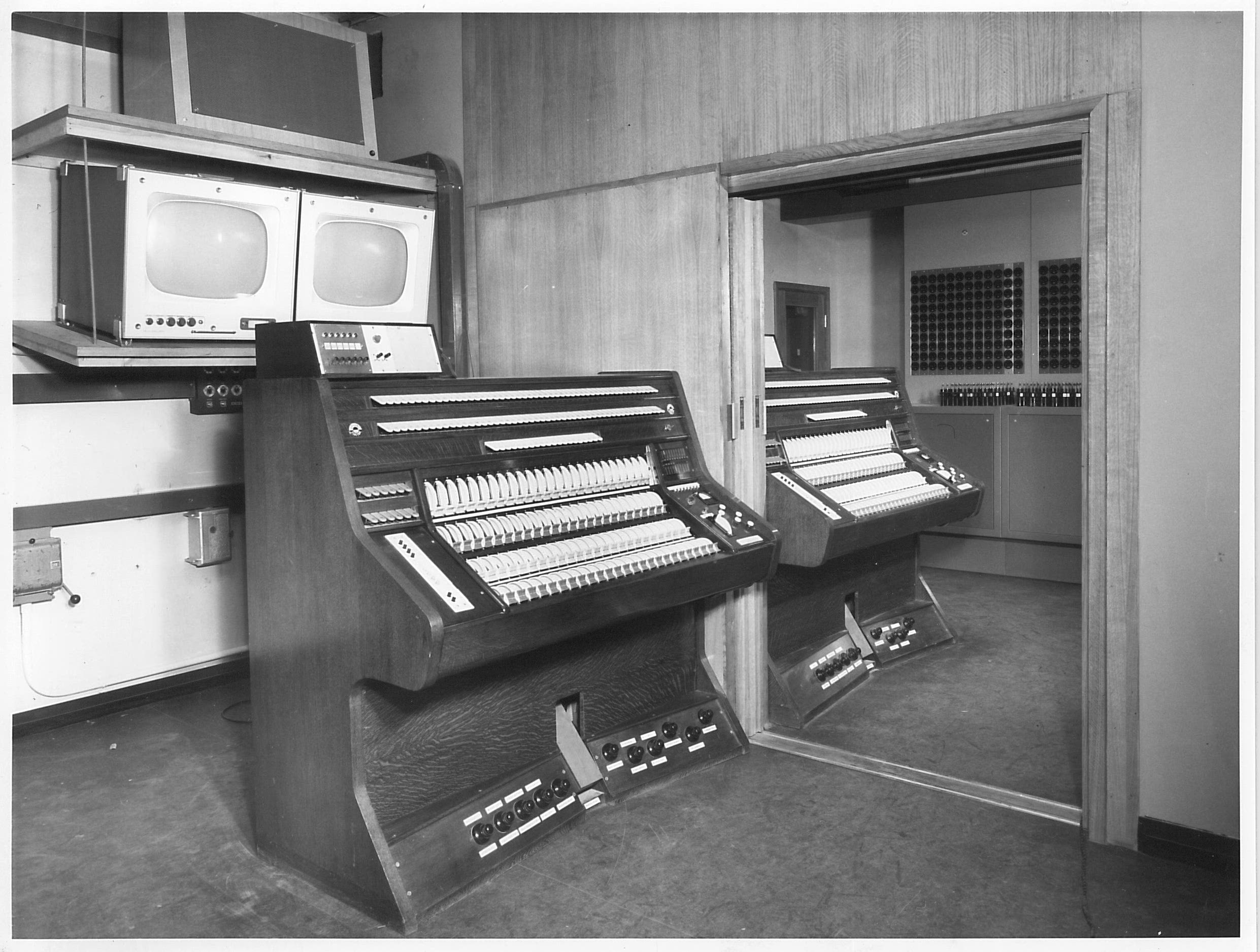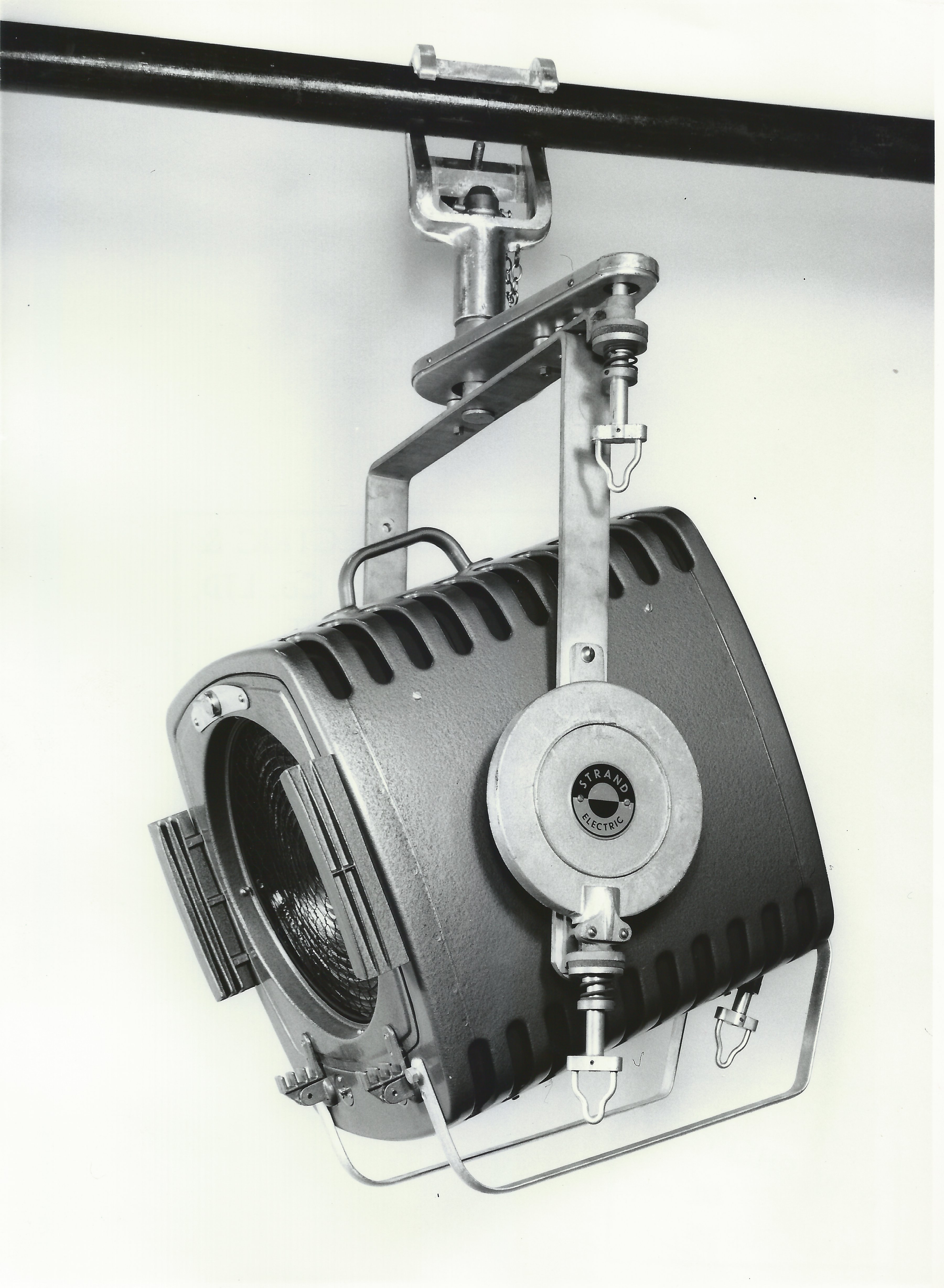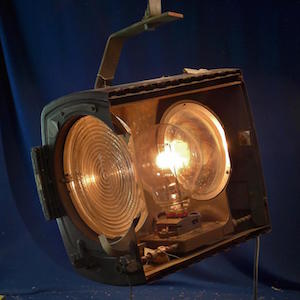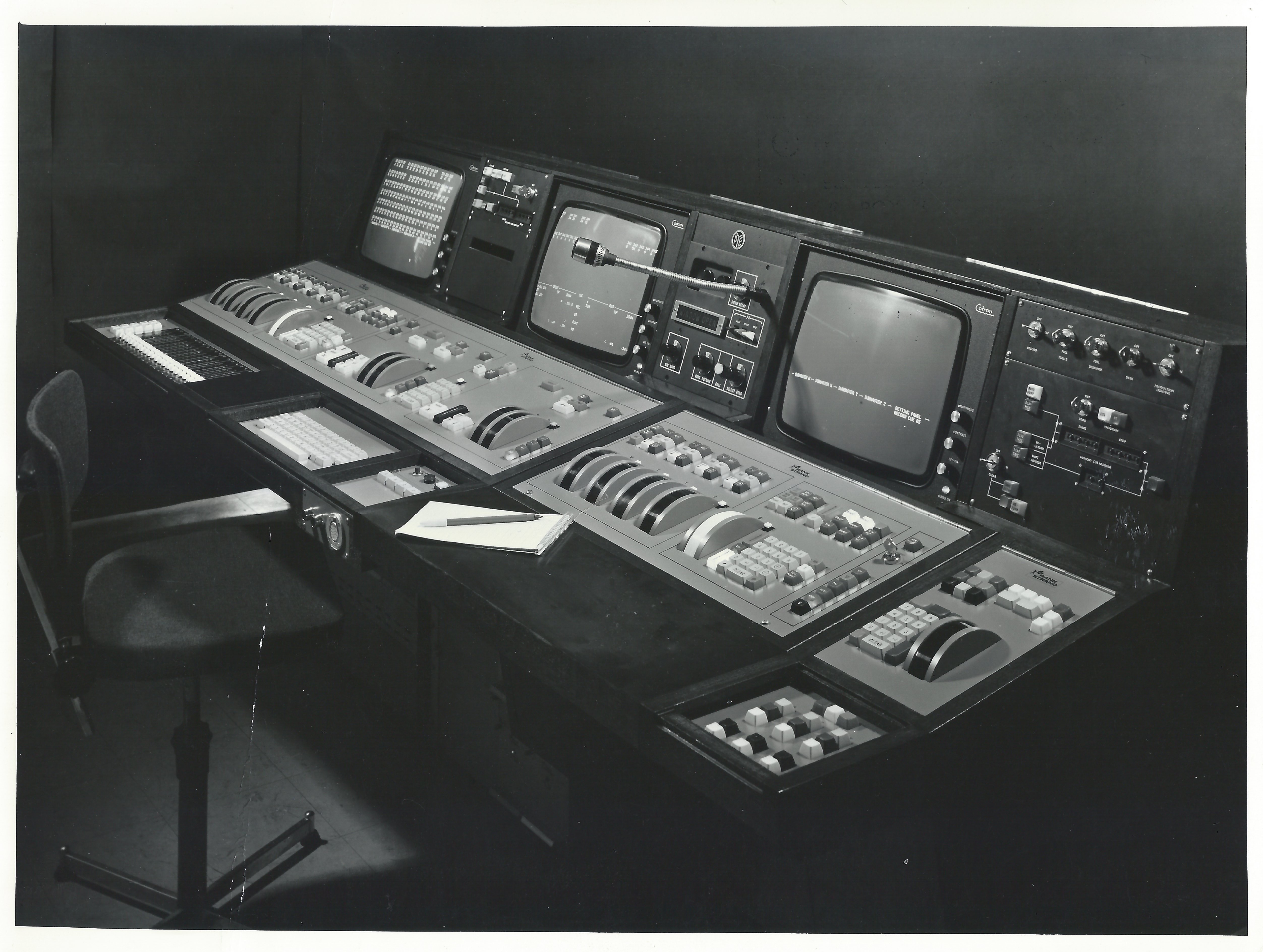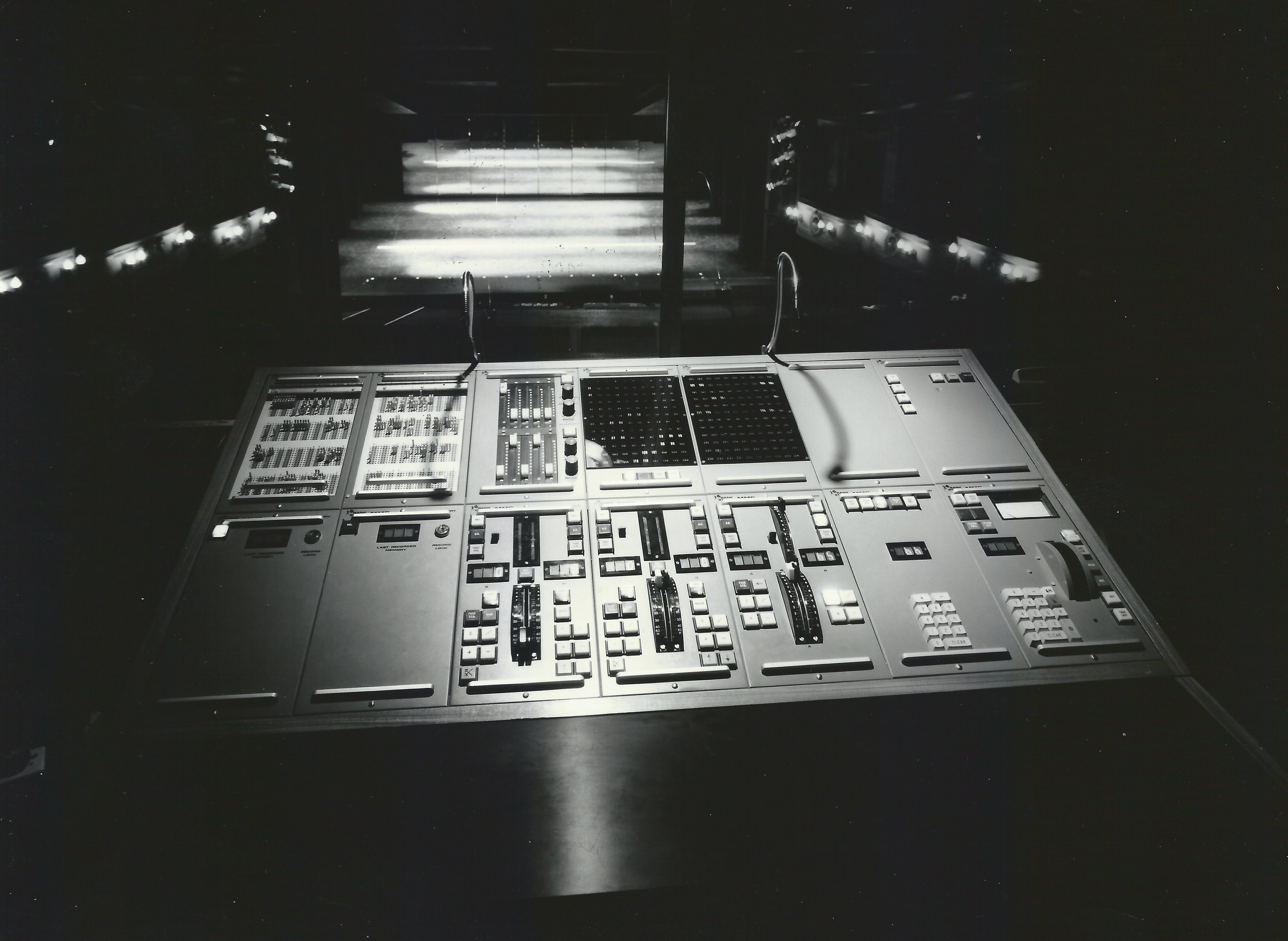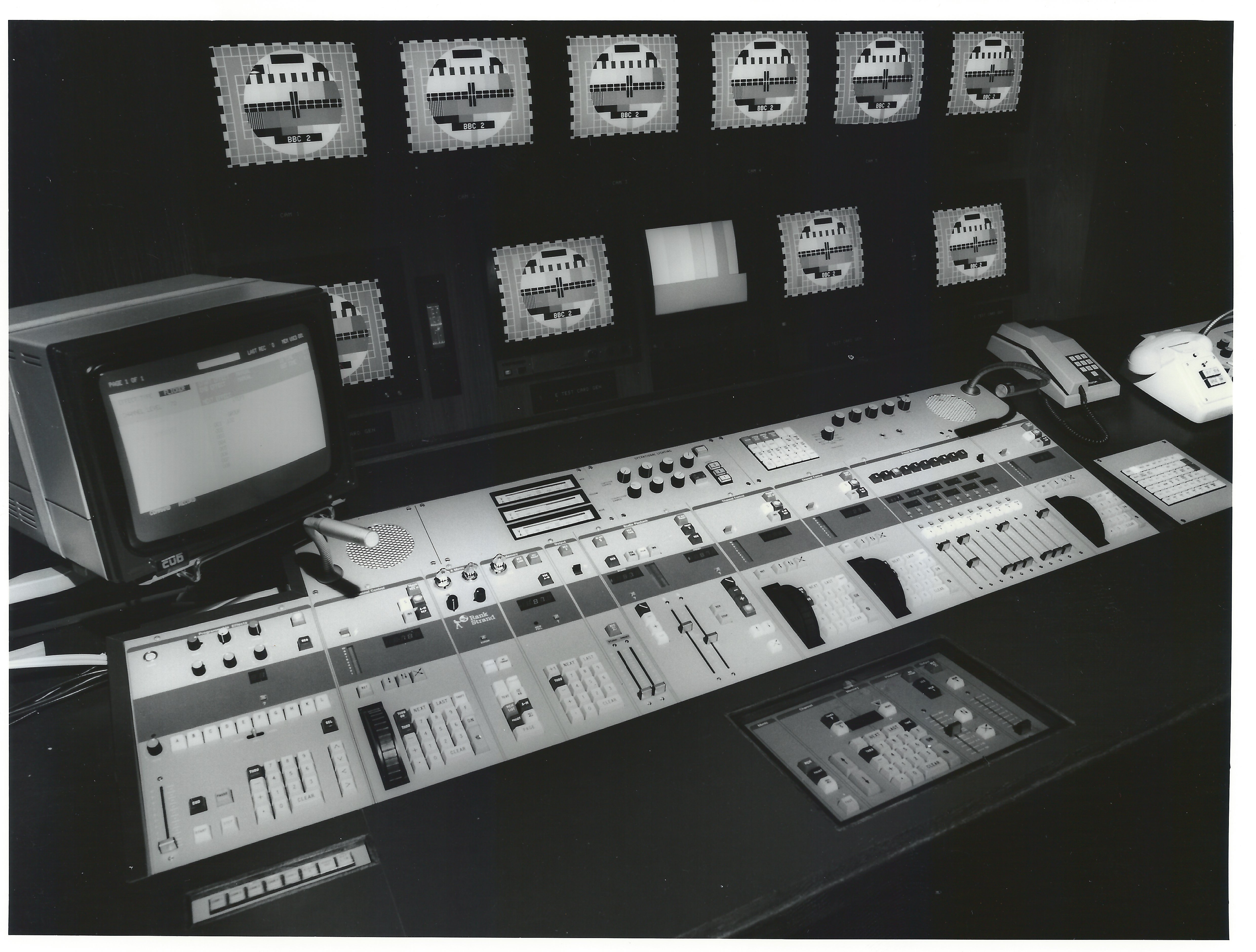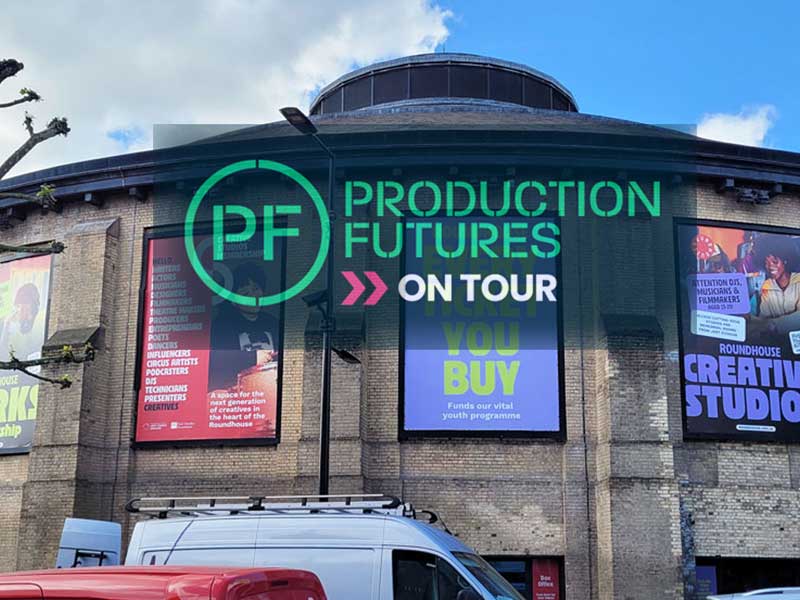
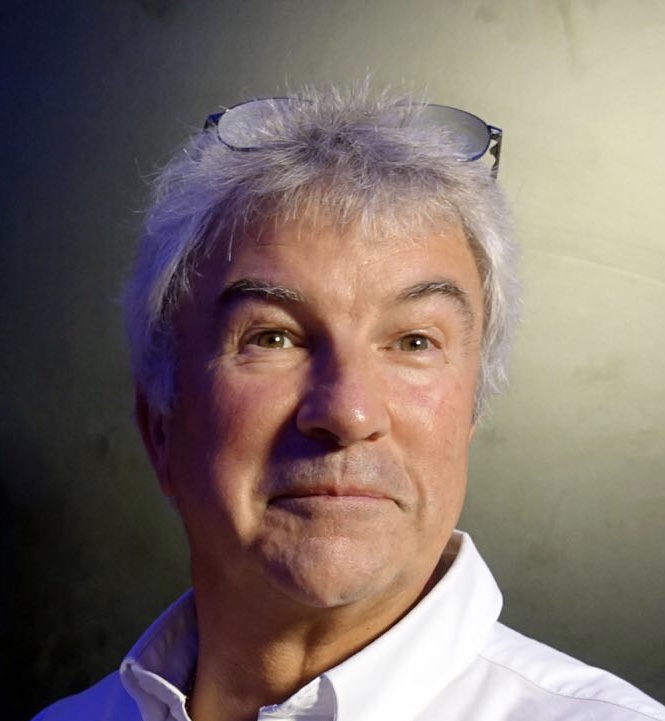
Alan Luxford
Bio
This is my career to date
It is a little long I know but interesting reading to some.
My lighting career started in 1965 when I was at school designing school plays etc and I was interested in taken this up as a profession after I left school. The career master though said that there was no future in lighting.
I applied in 1967 to work for Strand Electric and Engineering Company and was interviewed for a position by Fred Bentham. After 2 interviews (in my school uniform) at the King Street head office I was offered a position as a specialist trainee.
I was the last person to be taken on as a specialist trainee by Strand Electric before the Rank Organisation take over in October 1969.
The idea of being a specialist trainee was to give me at least 6 months work experience in each department before ending up in the department you were best suited for.
It did not turn out like this.
I was first allocated to the Strand Electric stage engineering company called Watts and Corry based at 32 King Street.
This company was closed down about 3 months after I started but gained experience in stage engineering designs.
I use to hand draw the designs for the customers to understand the scheme etc.
In the same office was Imperial Lighting another little known Strand Company who supplied the lighting design and equipment for the London Oxford Street Christmas lights and also the large shop front lighting displays.
I was transferred to the King Street showroom, which at last I could work with the lanterns, controls and dimmers that Strand Electric made at that time.
I was put in charge of the famous demonstration theatre.
The original IDM (first memory console) was in place that Fred Bentham used to demonstrate his famed colour music set, which I used to rig.
The famous Strand Electric technical lectures were also rigged up such as the effects lecture with the Biddle Balls named after Eddy Biddle the Strand optical effects designer. Eddy designed all of the clouds, flames and snow optical effects which White Light sell today.
The first tungsten halogen lamps, the first thyristor dimmers were all demonstrated in the King Street Theatre and I was part of these exciting times.
Also the very first software-based console (DDM) was demonstrated and was sold to the Royal Shakespeare Theatre.
I next moved on to the luminaire R&D department now based in the new Rank Audio Visual building in Brentford.
During my time in this department we designed the first luminaires to use the new tungsten halogen lamps. This was the 700 range and included the 763, 764,773, 774,743 and the 750 beamlight.
We were also working on a new television follow spot based on a 1000W CSI lamp, which had colour temperature problems for TV.
I spent a great deal of time at the BBC television theatre working with the best TV lighting directors of the day to try and work out how we could get the CSI lamp to be acceptable. We did and the 765 became the standard TV follow spot.
Strand also made a number of special 1000W CSI effects projectors, which were based on the Patt 252. These projectors were used on such programs as Top of the Pops, Black and White Mistrals and Morecome and Wise shows.
As these projectors did not belong to the BBC a member of Strand had to accompany these and I was that person.
I learnt a great deal about television lighting by working and listening to some of the great BBC lighting directors of the day.
While I was part of R&D we made a number of TV luminaires such as the 249 and 599 softlights, QGR4 Groundrows and also a 5kW Fresnel which was way ahead of its time but did not make it into production.
While I was in R&D I attended the Polytechnic of the South Bank to gain my City and Guilds Intermediate and Advance Lighting certificates.
My time in Strand R&D turned out to be 2 years.
I then had a serious illness, which found me being off work for 8 months. Strand kept my job and I was on full pay. I will be always extremely grateful that Strand kept a job for me.
On my return to work I transferred back to the King Street head office and to the LE department. This department made all the quotations and schemes for the UK. There was an export department, which looked after the rest of the world.
When I joined the LE department the Patt 23 was £9,12/6 and we all said that when it reached £20.00 that would be the end of the Patt 23 but in fact the last Patt 23 was sold for £78.00.
I learnt a lot about theatre lighting equipment layouts, distribution of circuits and what lanterns to quote.
The standard West End Theatre was 120 channels, 40 in the FOH, 60 over the stage and 20 dips, how times have changed.
I then became a UK representative in 1973.
I looked after the South East based in Brighton. I sold the number 200 MMS to Glyndebourne Opera, which replaced the 4 Preset C/AE system that Strand Electric supplied in 1964. Glyndebourne had the first Strand Electric thyristors dimmers in Europe and they were still working in 1976. I also sold the Galaxy 3 and Galaxy Nova systems to Glyndebourne. I attended the last performance in the old Opera House and also the first performance in the New Opera House where I sold the complete Lighting system including Dimmers, Houselights control system and Strand luminaires.
One of the other large projects I worked on when I was a UK representative was the new Brighton Conference Centre. Although this project got pass the planning stages and the council the Towns Tourist Director wanted the building to be able to stage entertainment from top name world class entertainers to tennis, wrestling.
I designed a lighting scheme based on 120 x 5kW circuits so that TV lighting could also be used. The control was an MMS and the dimmers were STM.
Strand also supplied the sound system based on a Strand Sound console Electrovoice loudspeakers, 3000 seats and also Strand completed the entertainment electrical installation.
I lit many shows at the Brighton Centre including Bing Crosby who performed on the Monday and died on the Friday of the same week. I don’t think this had anything to do with my lighting!
I was then promoted to be an export sales manager in September 1978.
I was told about the promotion about 6 weeks before it was announced and so was under some pressure not to tell anybody.
My first overseas trip was to Split in what was then Yugoslavia. I had just returned from holiday in Spilt so it was no problem to go back there.
I travelled first to Zagreb to wait for Robin Ray of Telestage and our represtative to turn up for the flight to Spilt. They did but only 5 minutes before the due flight take off time. This turned out not to be a problem as our representative father was an ambassador and he had contactor the airport and got the flight delayed.
We sold the dimmers, stage engineering to the HNK Theatre in spilt which was a nice first order to get for export.
I also sold the flock wallpaper and the curtain and circle front materials.
My time in Export took me the over 67 countries including Australia where I would go 3 times a year. Rank had it own company in Australia, which sold the Strand brand. I used to give technical back up and promote the new products including the new Galaxy console, which actually started life out as DDM3. Australia had a number of DDM consoles that needed replacing and when the specification was written by Rank Australia they called it DDM 3.
Galaxy consoles were sold to Sydney Opera House, Victoria Arts Centre in Melbourne and the QCC in Brisbane.
I actually drove in my car the very first Galaxy console from the Brentford R&D department to the BDB exhibition in Berlin in 1981 where it was first shown and was a great success. However it was not helped when a bottle of Coca Cola was dropped onto the Electronics rack but with wash with clean water and a hair drier the system worked again, such was the design.
I also worked a lot in Russia and Eastern Europe, which was fun in those days but hard work. However I got on very well with the Russians and I am still friends today with many lighting designers.
In 1987 I was the assisted lighting director for NVC who recorded 5 opera and ballets at the Bolshoi Theatre. I also operated the console, which was an M24.
I transferred back to the UK in 1988 to run the Quartzcolor studio business.
The government was to announce the new franchises and so there were a lot of new studios being built and upgraded.
Strand sold suspensions, controls, dimmers and luminaires so we were very busy and successful.
However when I left export the Strand market share in Eastern Europe and Russian suffered so I was asked to go back to export in 1991.
It look me until 1994 to sell to the Bolshoi the largest Galaxy console and dimmer system to date. However in 1996 I sold the largest Galaxy system to the Kremlin Palace which was a dual electronic 999 channel with dual control surface pods, EC21 MD Plus reporting dimmers, 128 Pirouettes and various designs and also the dimmer room electrical bus bar and change over system.
This was a difficult time as Strand had just been sold again to Schroders.
I continued in Export sales until the close of Strand Lighting Ltd in the UK on the 11th July 1996.
Strand Lighting Ltd was due to be taken over by Genlyte Controls but due to costs it was not possible and so Genlyte let Strand Lighting Ltd go into administration. Genlyte however they did take over Strand USA and Strand Hong Kong and it was their intention to start up again in Europe.
I was asked if I would go self-employed until such time the company could start up again in Europe.
As this would be a new Strand company I thought I should apply to become the General Manager as this would probable be my last chance to lead and head up the company, which I joined some 40 years ago.
I applied and took some philological tests complied by the Genlyte Philologist which I pass. I was then asked to attend an interview with Larry Powers the CEO at the Genlyte Headquarters in Louisville Kentucky. Larry took me to lunch and I was successful and was appointed the General Manager of Strand Lighting Europe Limited in March 2007.
We set up the new Strand European company in Crawley and started to trade in September 2007.
It was difficult at first as most customers were asking for spares parts from the old production, which we could not get any more as the Kirkcaldy factory had closed and no production material except for the SL range had been transferred to Strand Los Angeles.
Over time we won our customers back and were trading at a profit, which is what Genlyte demanded.
We had a great team working in Strand Lighting Europe Limited.
However Strand was lacking a full luminaire range and therefore could not get back into the project business, which was a successful part of the old company.
We were also selling an USA based console range, which was not liked as it was not like a 500 series console.
Genlyte then got taken over by Philips Electronics in January 2008.
Philips then made a new division call Philips Entertainment which was made up of the old Genlyte Control companies which included Vari*Lite, Strand Lighting, Entertainment Controls.
Philips then acquired Selecon, which has its European warehouse and customer service based in Holland.
It was decided during the Selecon negotiations that the Philips Entertainment companies would work out of the Holland address and so Philips closed down the Strand Lighting Europe Limited Company and made all but 2 staff redundant.
I therefore was made redundant after 42 years.
I now work as an independent consultant.
Lighting Director for Grass Valley at trade shows such as IBC and NAB.
- Lighting Director
Gallery
Articles
Contact Alan Luxford with your enquiry
This website uses cookies to ensure you get the best experience. Learn more



